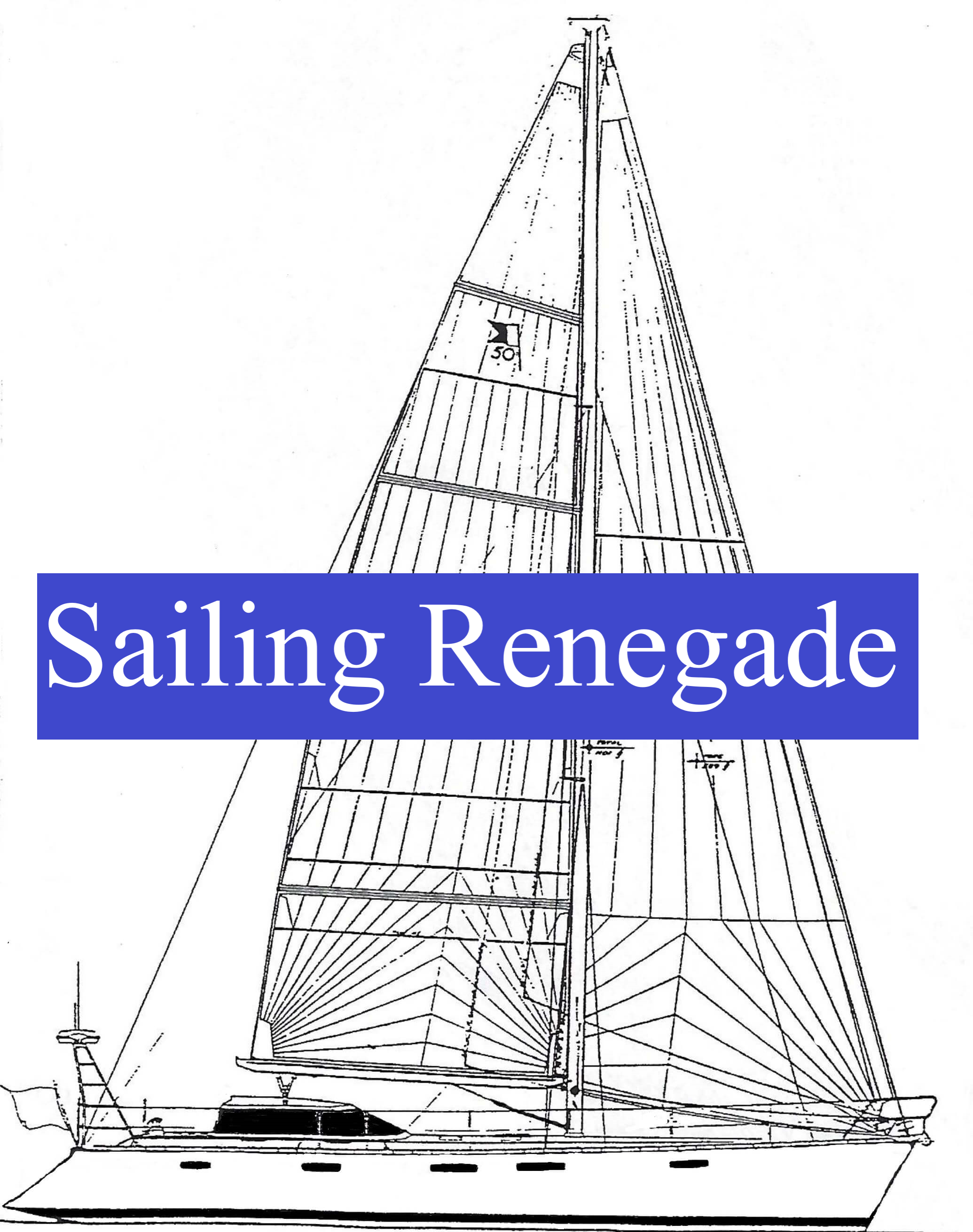Monohull design considerations
Construction
There are two primary construction methods for sailboats: Glass reinforced plastic (GRP) and aluminum. We guess we would always be worried if an aluminum boat was grounded correctly to prevent galvanic corrosion. Without going into the analysis, we chose GRP because we have zero experience with aluminum boats. Modern fiberglass boats seem to group into three construction techniques:
- Solid fiberglass hulls with fiberglass skeletons (pan) glued into the hull
- Solid fiberglass hulls with tabbed bulkheads and stringers
- Composite fiberglass construction with tabbed bulkheads and stringers or skeleton
Almost all production boats made today fall under type 1. With production line tooling this technique has much lower manufacturing cost. While thousands of boats have traveled the oceans with this construction method, it is not my favorite. Over time, there are reports of pans occasionally becoming unglued. They also exhibit more squeaking noises as the pan flexes in big seas. Another dislike is that the pan covers large sections of the inner hull limiting the ability to detect hull punctures unless examined from the exterior. Some manufactures will make boats that are composite above the waterline and solid below with a skeleton.

Methods two and three are similar with the exception of weight. The earliest designed fiberglass hulls were solid glass. Solid glass hulls without pans are thick and very heavy by today’s standards and this sacrifices performance. The advantage of solid glass is most any yard worldwide would have no problems patching it if you are ever holed
The famed cruising yacht designer Bob Perry wrote in 2016 “There are very well built cored hulls and poorly built cored hulls. Resist the urge to generalize. Treat each boat individually. I would not do a new boat today without a cored hull”. Pioneered in the 1980’s, infused resin balsa or foam composite construction is both lighter and stronger than solid glass which produces a better performing boat. Another benefit of composite is the hull is highly insulated, so the boat stays cooler in the summer and warmer in the winter with less condensation. The knock against composite is that an intrusion could occur wetting the core causing hull failure after time if undetected. Some high-end yards mitigate this risk by inserting a layer of carbon and/or Kevlar in the outer skin to prevent punctures. Fortunately, after several decades, time has shown composite is as durable as solid glass. The most important thing in selecting a composite boat is to make sure it was made by a quality yard with experienced personnel. Before selecting a composite boat Jim interviewed owners of sisterships to give him their impressions of the build quality. All were first boat owners that had visited the yard during construction and were convinced they had the best built GRP boats to be found anywhere. If you have a boat that is lighter and stiffer made by a quality yard, you will be in a good position, but as with everything, this comes with a much higher cost. The labor hours to build combined with the cost of raw materials are much higher than both techniques one and two. The bottom line is one should not expect a boat assembled from preassembled GRP pieces to perform or last over time like a boat that took over twice as many hours to construct.

